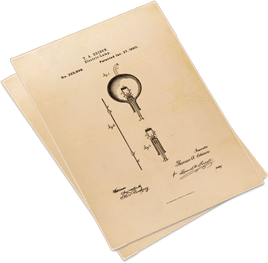Patents – Design
Designs can be the original product of creative intellectual effort, and so may be considered intellectual property. The difficulty with design, ranging from artistic expression on the one hand to engineering on the other, is in defining what kind of intellectual property the design may be, especially when the design is applied to a manufactured … Continued


